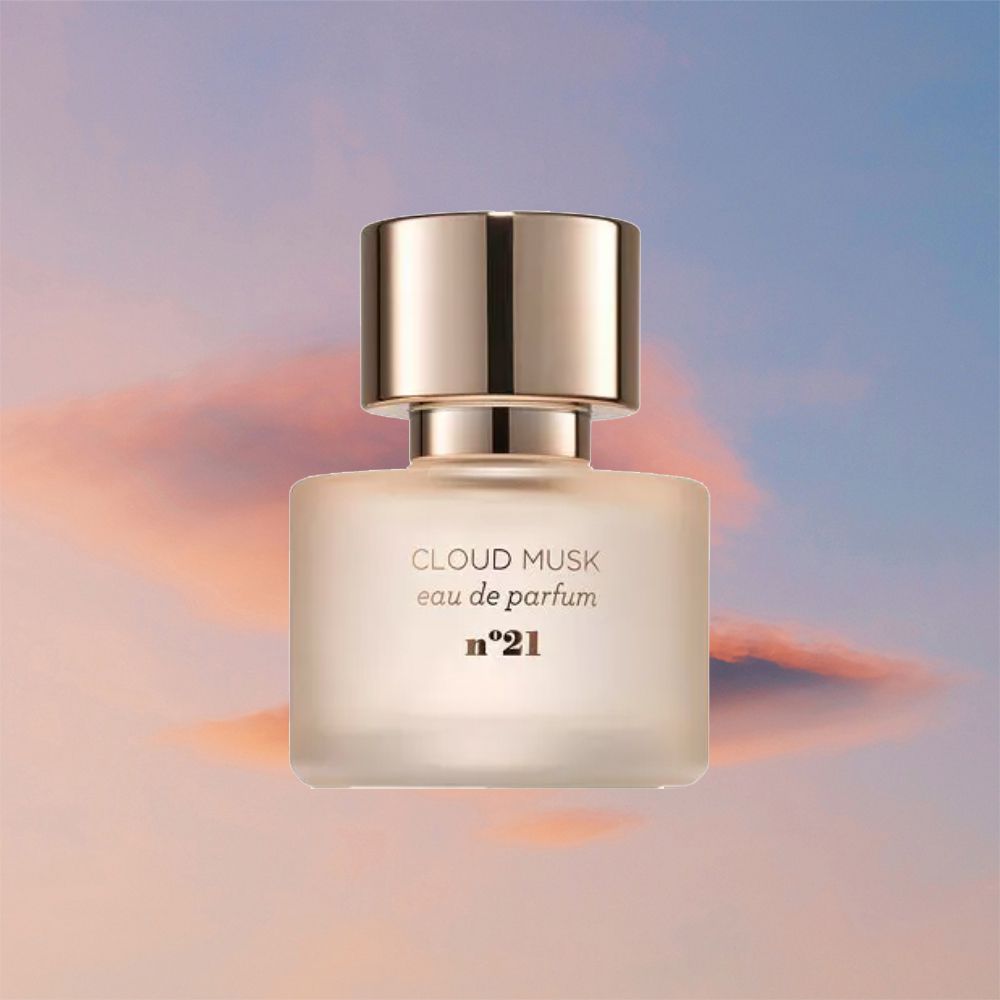How to Get Rid of Pitted Acne Scars, According to a Dermatologist

Dealing with acne is can be frustrating, to say the least. And when you throw acne scars into the mix, it can be even more complicated. Like most scars on the body, there’s no magic serum or tonic to make acne scars magically disappear overnight. The same is true for pitted acne scars, the ones that tend to leave behind a hollow, “pit-like” impression in the skin.
Despite being among the most common skincare conditions, both acne and acne scars can look, feel, and respond to treatments differently for each individual. So, we’ve tapped board-certified dermatologist Dr. Brendan Camp for expert insight into managing, treating, and eliminating the pitted acne scars that breakouts can leave behind.
What Are Pitted Acne Scars?
“Pitted” acne scars are a name given to acne scars that are characterized by a hollow, indented impression in the skin. This concave appearance is due to a sudden loss of collagen. Pitted acne scars encompass three main types of acne scars: ice pick scars, boxcar scars, and rolling scars.
Unlike hypertrophic scars (keloids) which result from an overproduction of collagen, pitted acne scars result from the damage and inflammation of deep breakouts, which causes the indented appearance of a pitted acne scar—hence the name—creating a small pit-like structure on the face.
According to Dr. Camp, pitted acne scars are often categorized based on their appearance, within three common types:
- Boxcar scars: “Boxcar scars are broad and have sharp, well-defined edges. A good example is a chicken-pox scar.”
- Ice pick scars: “Ice pick scars are small, narrow, and deep. Because they are deep they tend to be difficult to treat.”
- Rolling scars: Rolling scars are similar to boxcar scars but have smooth, undulating edges that make the skin surface look uneven. They tend to be more shallow.”
Below, Dr. Camp shares his top recommendations for treating pitted acne scars.
01
of 11
Give Your Skin a Deep, Exfoliating Clean with Salicylic Acid
Microneedling creates small, narrow, superficial areas of mechanical injury that work to stimulate the repair response, increase collagen production, and improve scar appearance. When combined with radiofrequency, it becomes a bit more aggressive—with energy being released deeper within the skin to trigger a more robust inflammatory and
collagen response.
05
of 11
Ask Your Dermatologist About Accutane
According to Dr. Camp, Fraxel lasers can be non-ablative, meaning that they emit columns of heat beneath the skin while leaving the surface intact, or ablative, which is more aggressive and removes a narrow column of skin.
07
of 11
Ask Your Dermatologist About a Subcision Procedure to Break Up Scars
Performed in-office by a dermatologist, a subcision procedure involves breaking up the cord of scar tissue responsible for tethering the skin down and making a depression (the “pitted” part of the scar.) During this procedure, a needle is inserted into the skin to break the collagen cord; though Dr. Camp warns it can be associated with bruising.
08
of 11
Apply an Acne Gel to Exfoliate and Brighten
Skin tightening with radiofrequency energy can help make depressed scars less obvious, and creates kinetic energy that triggers the body’s healing process.











